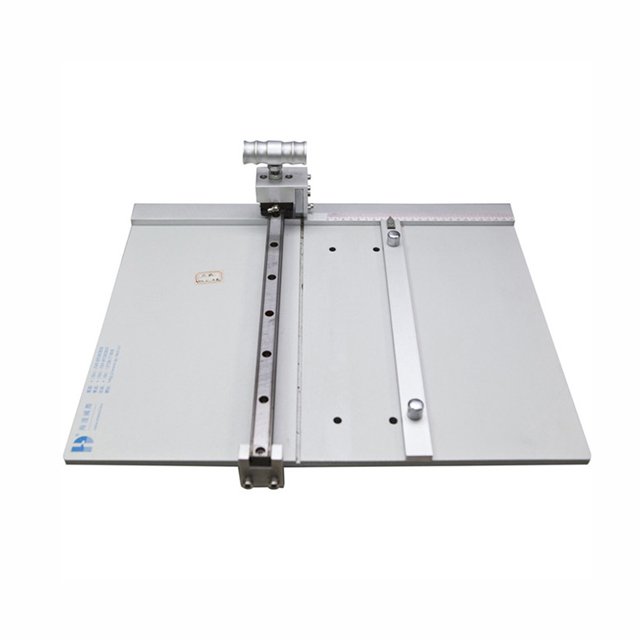
- #LEADING EDGE ADVANCED COMPRESSION TECHNOLOGY LEVEL 5 CODEC MOVIE#
- #LEADING EDGE ADVANCED COMPRESSION TECHNOLOGY LEVEL 5 CODEC UPDATE#
- #LEADING EDGE ADVANCED COMPRESSION TECHNOLOGY LEVEL 5 CODEC FULL#
These differences are, and the less effective the compression is atĪvoiding the introduction of artifacts into the compressed video. The more successive frames differ from one another, the larger
#LEADING EDGE ADVANCED COMPRESSION TECHNOLOGY LEVEL 5 CODEC UPDATE#
Update the previous frame to approximate the appearance of the followingįrame. They differ, and constructing records containing enough information to Rates cause larger compressed video sizes.Ĭompression of video typically works by comparing frames, finding where Eventually the point of diminishing returns isĪssuming the frame rate is not reduced during encoding, higher frame

To a point, the higher the frame rate, the smoother and more realistic Primarily affects the perceived smoothness of the motion in the image. The determining factor is what internal storage Represented without visible stepping of the colors.ĭepending on the codec, higher color depths may result in largerĬompressed file sizes. Per component (10-bit color) allow banding, where gradients cannot be Image (that is, where colors are pure and intense, such as a bright, Additionally, in saturated portions of the The higher the color bit depth, the higher the quality of color fidelity The potential effect of source video format and contents on the encoded It all depends on the underlying algorithms and mathematics.

Some have trouble with specific kinds of shapes and patterns, or aren't good at replicating sharp edges, or tend to lose detail in dark areas, or any number of possibilities. However, things such as frame rate and, obviously, resolution will always have an impact on the output size of the media.Īdditionally, all codecs have their strengths and weaknesses. If the codec converts the media into an internal pixel format, or otherwise represents the image using a means other than simple pixels, the format of the original image doesn't make any difference. The degree to which the format of the source video will affect the output varies depending on the codec and how it works. Some lossless codecs do exist, but they are typically used for archival and storage for local playback rather than for use on a network. Some details may be lost the amount of loss depends on the codec and how it's configured, but as a general rule, the more compression you achieve, the more loss of detail and fidelity will occur. Most video codecs are lossy, in that the decoded video does not precisely match the source. Just as audio codecs do for the sound data, video codecs compress the video data and encode it into a format that can later be decoded and played back or edited. Not only is the required storage space enormous, but the network bandwidth needed to transmit an uncompressed video like that would be enormous, at 249 MB/sec-not including audio and overhead.
#LEADING EDGE ADVANCED COMPRESSION TECHNOLOGY LEVEL 5 CODEC MOVIE#
#LEADING EDGE ADVANCED COMPRESSION TECHNOLOGY LEVEL 5 CODEC FULL#
A single frame of high definition (1920x1080) video in full color (4 bytes per pixel) is 8,294,400 bytes.Imagine the amount of data needed to store uncompressed video:

This guide introduces the video codecs you're most likely to encounter or consider using on the web, summaries of their capabilities and any compatibility and utility concerns, and advice to help you choose the right codec for your project's video.ĭue to the sheer size of uncompressed video data, it's necessary to compress it significantly in order to store it, let alone transmit it over a network.


 0 kommentar(er)
0 kommentar(er)
